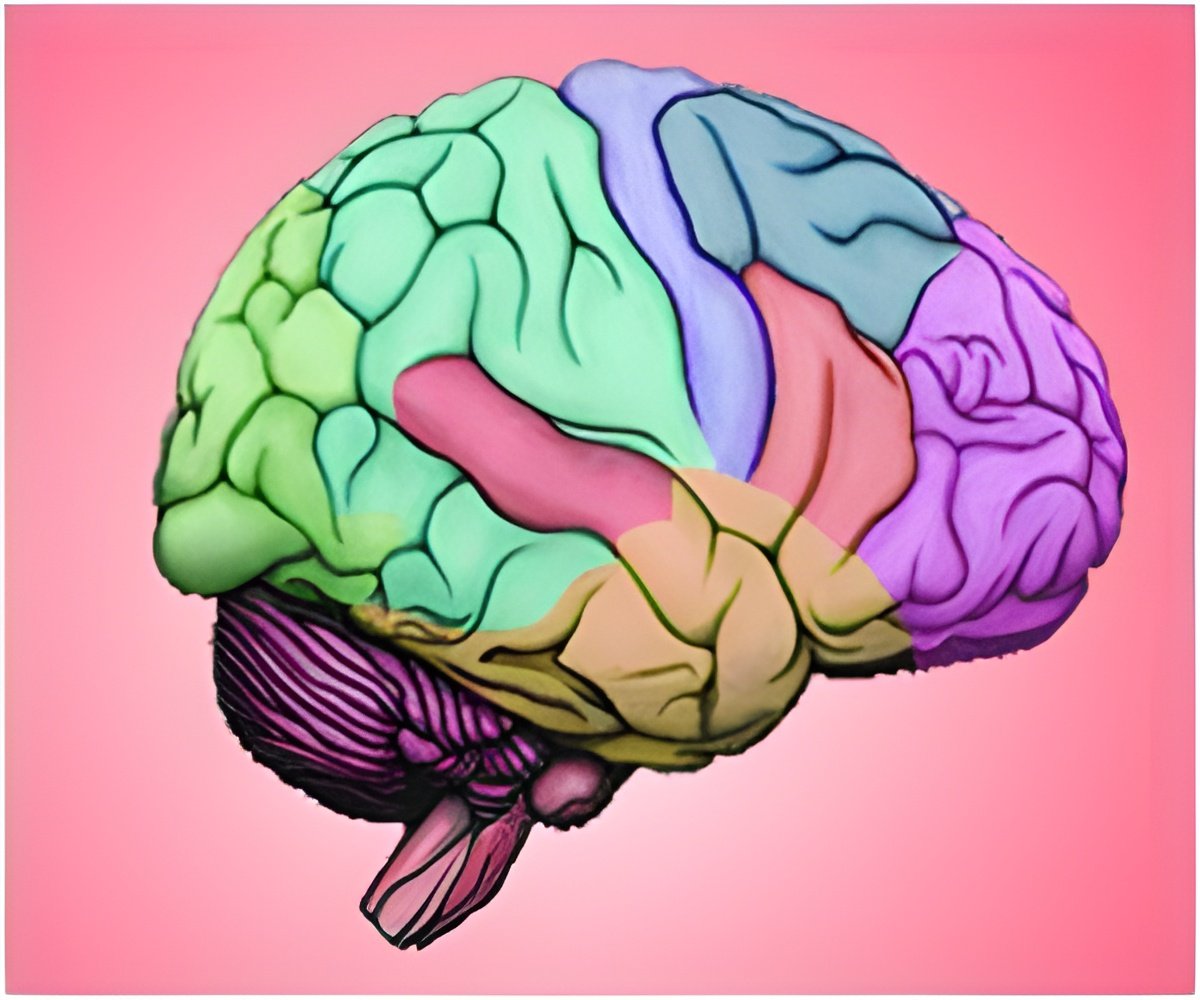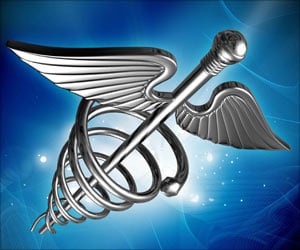The brain's ability to use sugar to repair cells damaged by the injuries can be affected if two or more serious blows are received on the head within days of each other, suggests new research.

In mice, the lack of energy use for recovery led to inflammation, degeneration of brain cell segments and problems with learning and memory.
In new work presented Sunday (11/16) at Neuroscience 2014, the annual meeting of the Society for Neuroscience, these same scientists have observed that even if the required glucose is present in the brain, faulty insulin signals in an injured brain don''t allow cells to take up the sugar and use it.
All clinical signs suggest that two head injuries close together are dangerous and can even be deadly. But the science behind what''s actually going on in the brain is still unclear - and knowing these details could help in deciding when to return athletes to play or military members to service, said lead author Zachary Weil, assistant professor of neuroscience at Ohio State.
"Lots of data show that if two head injuries occur close together, it''s not like 1 plus 1. It''s more like 1 plus 10," Weil said. "So our goals are to understand what it is about injuries close together that makes us more vulnerable, and can we eventually use some sort of biological signal to tell when it''s safe to go back?"
Weil said the discovery that insulin resistance plays a role in brain recovery after injury could also help explain the development of a brain disease seen in professional athletes who have had multiple traumas to the head - chronic traumatic encephalopathy, or CTE. Several CTE symptoms resemble Alzheimer''s disease - memory problems, disorientation and trouble concentrating - and the link between defective insulin signals and Alzheimer''s is already established.
Advertisement
In earlier animal studies, Weil and colleagues compared the effects of head injuries that occurred either three days or 20 days apart. Of all the animals, the mice injured three days apart had higher inflammation in the brain, more degeneration of axons - the long, slender extension of the nerve cell body - and problems learning how to navigate a maze and remembering the lessons they did manage to learn. Neurons need healthy axons to communicate with each other.
Advertisement
"With the second injury, demands for energy might outstrip the ability of the damaged cells to actually use the energy," Weil said.
This research was published in a recent issue of the journal Neurobiology of Disease.
In follow-up work presented at the Society for Neuroscience, the researchers examined brain tissue in mice that had experienced no injury, one concussion or two head injures 24 hours apart. After treating the tissue with insulin, the scientists measured activation levels of a key protein in the insulin signaling process. In mice with no injury, the protein activation was increased by the presence of insulin. But the injured brains did not respond to the presence of insulin at all. Without activation of those signals, brain cells have no way to make use of their glucose energy source.
"This means that traumatic brain injury induces insulin resistance in the brain," Weil said. "So we need to work on finding ways to acutely increase insulin sensitivity rather than increasing the actual amount of insulin in the brain."
Weil conducted the research with co-authors Kristopher Gaier and Kate Karelina, both of Ohio State''s Department of Neuroscience.
Contact: Zachary Weil, 614-292-3489; [email protected]
Written by Emily Caldwell, 614-292-8310; [email protected]
(To reach Weil during the Society for Neuroscience meeting, send him an email or call Emily Caldwell at 614-893-4261.)
Scientific Presentation: 8:15 to 8:30 a.m. Nov. 16, Washington Convention Center Room 150B, Symposium 113.02, "Brain: Cellular and molecular mechanisms"
Source-Newswise











